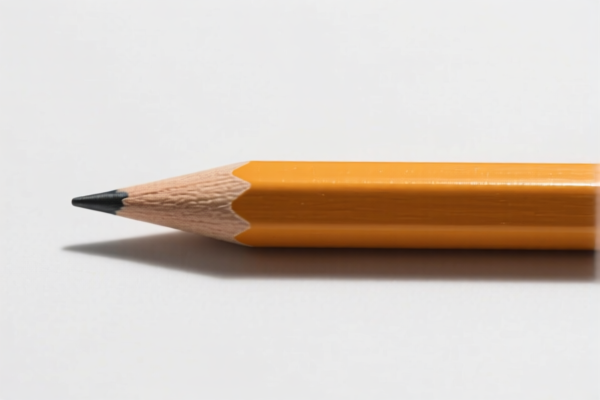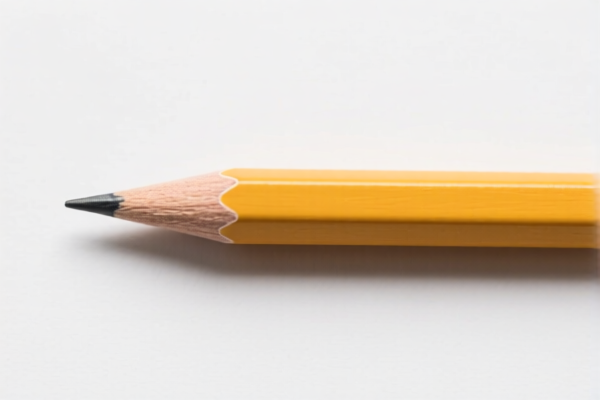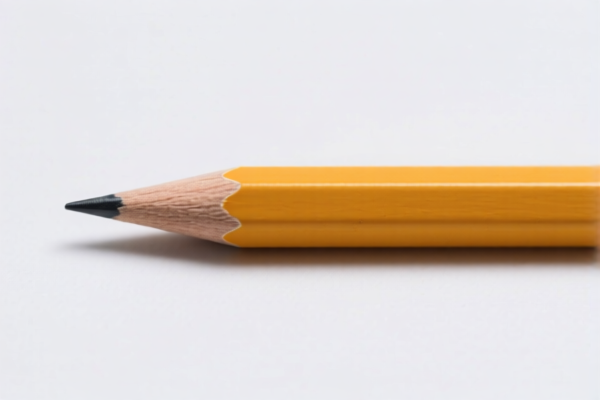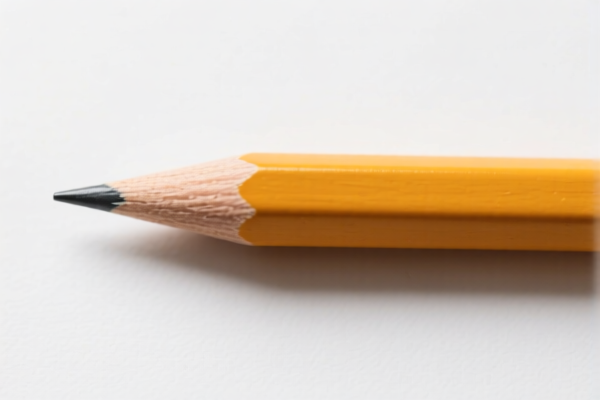| HS Code | Official Doc | Tariff Rate | Origin | Destination | Effective Date |
|---|---|---|---|---|---|
| 9608404000 | Doc | 44.1% | CN | US | 2025-05-12 |
| 9608408000 | Doc | 37.5% | CN | US | 2025-05-12 |
| 9609202000 | Doc | 37.5% | CN | US | 2025-05-12 |
| 8472904000 | Doc | 30.0% | CN | US | 2025-05-12 |
| 8487900080 | Doc | 83.9% | CN | US | 2025-05-12 |
| 8487900040 | Doc | 58.9% | CN | US | 2025-05-12 |
| 3801900000 | Doc | 59.9% | CN | US | 2025-05-12 |
| 3801101000 | Doc | 58.7% | CN | US | 2025-05-12 |




Automatic Pencil
An automatic pencil, also known as a mechanical pencil, is a pencil with a refillable graphite core encased in a protective tube. Unlike traditional wood-cased pencils, it does not require sharpening.
Material
- Body: Typically constructed from plastic, metal (aluminum, brass, stainless steel), or a combination of both. Metal bodies offer greater durability and a more premium feel.
- Lead: Composed of graphite, often mixed with clay to vary hardness. Lead refills are available in a wide range of grades (e.g., HB, 2B, 4H).
- Internal Mechanisms: Utilizes brass or stainless steel components for the lead advancement and retention mechanisms. Eraser holders are usually made of plastic or rubber.
- Grip: Often features a rubber, plastic, or knurled metal grip for comfort and control.
Purpose
Automatic pencils are primarily used for:
- Drafting and Technical Drawing: Consistent line width and the ability to maintain a sharp point make them ideal for precise work.
- Writing: Suitable for general writing purposes, particularly where consistent line quality is desired.
- Sketching: Can be used for detailed sketching and artwork.
- Note-taking: Convenient for students and professionals who require frequent writing.
Function
The core function of an automatic pencil relies on a mechanism that:
- Holds Lead: Securely houses a thin graphite lead.
-
Advances Lead: Allows the lead to be extended from the pencil tip as it is used, typically through a click mechanism, twisting mechanism, or shaking mechanism.
-
Retracts Lead: Protects the lead from breakage when not in use.
- Ejects Broken Lead: Many designs include a small eraser and a mechanism to eject broken lead from the pencil tip.
Usage Scenarios
- Classroom: Students utilize them for note-taking, exams, and assignments.
- Office: Professionals use them for drafting, writing, and sketching.
- Art Studios: Artists employ them for detailed drawings and illustrations.
- Engineering and Architecture: Essential tools for technical drawings and plans.
- Everyday Writing: Convenient for general writing tasks at home or on the go.
Common Types
- Rotary Lead Advance: Lead is advanced by twisting the pencil body or a grip section.
- Click Lead Advance: Lead is advanced by clicking a button or top section of the pencil. This is the most common type.
- Shaker Lead Advance: Lead is advanced by shaking the pencil.
- Lead Clutch Pencils: Hold thicker leads (e.g., 2mm, 3mm) and require manual advancement.
- Pentagraph Pencils: Utilize a specialized mechanism for precise line control, often used in drafting.
- Brush Pencils: Feature a brush tip for blending and shading.
- Lead Size Variations: Available in various lead sizes, with 0.5mm and 0.7mm being the most popular, but also including 0.3mm, 0.9mm, and 1.3mm options.
- Retractable Tip Pencils: Feature a tip that can be fully retracted into the pencil body for protection.
Automatic pencils fall under the classification of propelling or sliding pencils, also known as mechanical pencils. Here are the relevant HS codes based on the provided reference material:
-
9608404000: This HS code covers ball point pens; felt tipped and other porous-tipped pens and markers; fountain pens, stylograph pens and other pens; duplicating styli; propelling or sliding pencils (for example, mechanical pencils); pen-holders, pencil-holders and similar holders; parts (including caps and clips) of the foregoing articles, other than those of heading 9609: Propelling or sliding pencils (for example, mechanical pencils): With a mechanical action for extending, or for extending and retracting, the lead.
- 96: Chapter 96 covers miscellaneous manufactured articles.
- 08: Heading 9608 specifically covers pens, pencils, and related articles.
- 40: Subheading 960840 covers propelling or sliding pencils.
- 4000: Further specifies pencils with a mechanical action for lead extension or retraction. The basic tariff is 6.6%, with an additional tariff of 7.5%. After April 2, 2025, the additional tariff increases to 30.0%, resulting in a total tariff of 44.1%.
-
9608408000: This HS code also falls under the same category as above, covering ball point pens; felt tipped and other porous-tipped pens and markers; fountain pens, stylograph pens and other pens; duplicating styli; propelling or sliding pencils (for example, mechanical pencils); pen-holders, pencil-holders and similar holders; parts (including caps and clips) of the foregoing articles, other than those of heading 9609: Propelling or sliding pencils (for example, mechanical pencils): Other.
- 96: Chapter 96 covers miscellaneous manufactured articles.
- 08: Heading 9608 specifically covers pens, pencils, and related articles.
- 40: Subheading 960840 covers propelling or sliding pencils.
- 8000: This specifies other propelling or sliding pencils not covered by 9608404000. The basic tariff is 0.0%, with an additional tariff of 7.5%. After April 2, 2025, the additional tariff increases to 30.0%, resulting in a total tariff of 37.5%.
According to the provided reference material, the HS code options related to 'automatic pencil' are limited, with only the following 2 found.
Customer Reviews
No reviews yet.